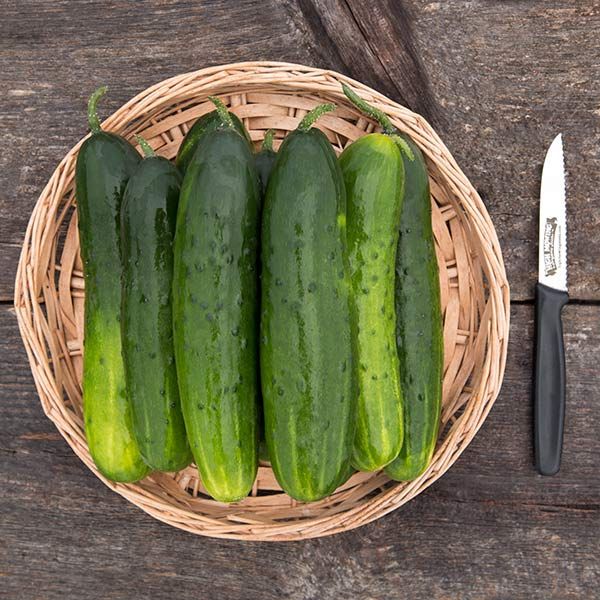By Kiki Hubbard, Organic Seed Alliance | Monday, Mar. 25, 2019 –
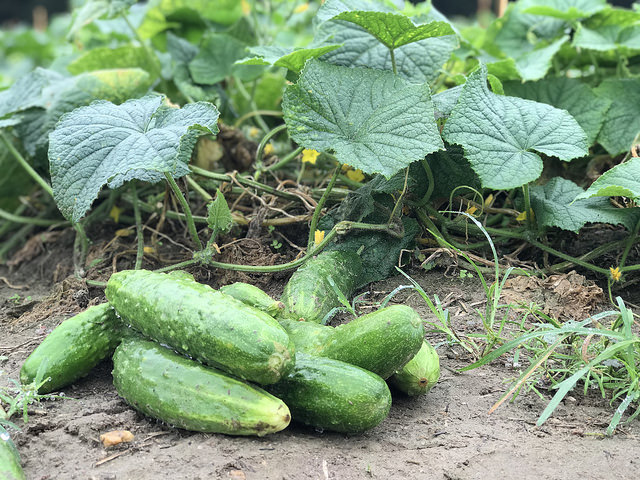
Farmers looking for disease-resistant cucurbits now have more choices thanks to the release of new cucumber and melon varieties by Cornell University—the result of years of research by public plant breeders and organic farmers. These varieties are a result of participatory breeding efforts focused on cucurbits most in need of improvement and exhibit exceptional resistance to evolving diseases as well as production and culinary characteristics important to organic farmers.
“Our approach to plant breeding involves a close collaboration with farmers, regional seed companies, and other researchers to test varieties in the environment of their intended use,” says Michael Mazourek with the Department of Plant Breeding and Genetics at Cornell University. “In the case of these cucurbit varieties, they were all bred with the needs of organic farmers in mind.”
“These high-yielding, disease-resistant varieties are as beneficial to conventional growers as they are to organic”
Pathogens emerge and evolve quickly, and breeders struggle to stay ahead with new resistant varieties. Downy mildew and bacterial wilt are two devastating diseases that too often wipe out entire cucurbit crops. While conventional cucumber growers rely on synthetic chemical inputs—such as neonicotinoid seed treatments and sprays—organic growers don’t have (or want) that option and instead rely even more on protecting crops from the inside out: through plant genetics resistant to diseases.
“The beauty of our success is that these high-yielding, disease-resistant varieties are as beneficial to conventional growers as they are to organic,” Mazourek adds.
The varieties now available were developed with support from the National Institute of Food and Agriculture’s Organic Research and Extension Initiative (OREI), housed within the US Department of Agriculture (USDA). Partnering with Cornell University on the Eastern Sustainable Organic Cucurbit Research Project (ESOcuc) were Auburn University, North Carolina State University, and Organic Seed Alliance. Farmers, extension agents, and seed companies along the East Coast also played an important role.
The four objectives of ESOcuc were to:
- Evaluate the most popular cucurbit varieties for yield and pest and disease resistance.
- Breed improved varieties.
- Examine on-farm management strategies to overcome environmental and economic challenges.
- Make data available to farmers through field days, webinars, and other resources.
New cucumber is already a commercial hit
Plant breeder Edmund Frost says he can’t keep up with the demand for seed that he grows and sells of DMR401, a downy-mildew resistant (DMR) slicing cucumber variety that was completed through ESOcuc. Frost helped Mazourek test this variety and related DMR lines from Cornell on his farm for four years to collect data on how it compares to other commercial varieties on the market.
DMR401 Cucumbers. Photo by High Mowing Organic Seeds
“There’s really nothing else like it,” says Frost, who is also an organic farmer and researcher based in Louisa, Virginia and operates a seed cooperative called Common Wealth Seed Growers. “I’m excited to get this variety into the hands of more growers. Trials up and down the East Coast continue to show that, in terms of resistance, DMR401 stands out as the best available.” The variety even beat those developed by the biggest industry players, including Seminis (now owned by Bayer).
DMR401 is an open-pollinated variety that was bred and trialed in organic systems. Since it’s open-pollinated, with no seed-saving restrictions, growers are encouraged to make their own selections to further adapt the genetics to their local farm conditions and climate. The variety grew out of an earlier release, DMR264, which was funded in part through USDA’s Agriculture and Food Research Initiative (AFRI).
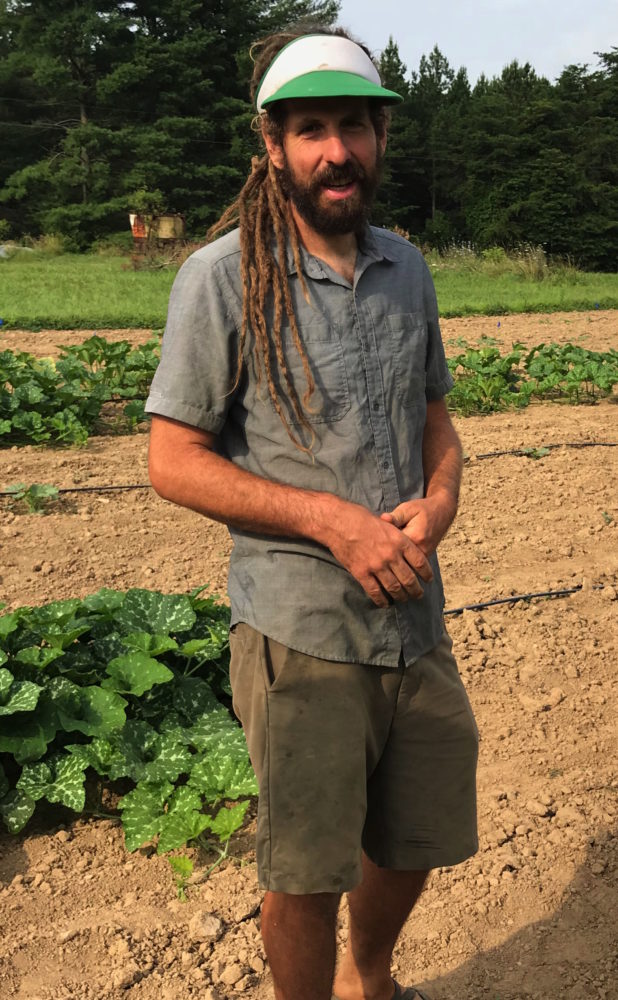
Edmund Frost of Common Wealth Seed Growers
“The great arc of continued public plant breeding funding is crucial,” says Mazourek. “Key programs like AFRI and OREI are essential to our success as public breeders so that we can develop new cultivars like DMR401 that have characteristics farmers urgently need.”
In some cases, Mazourek explains, private funds have followed public investment. One example is the Clif Bar Family Foundation, which awarded a Seed Matters fellowship to Cornell PhD candidate Lauren Brzozowski. This fellowship allowed her to work on DMR401 until it was ready for the marketplace.
DMR401 is now available for purchase through Common Wealth Seed Growers, High Mowing Organic Seeds, SeedWise, and Southern Exposure Seed Exchange.
‘Trifecta’ melon lives up to its name
Downy mildew is also wiping out melons. ‘Trifecta’ was first released in 2015 and consistently ranked highest for yield, quality, and DMR in Cornell’s trials.
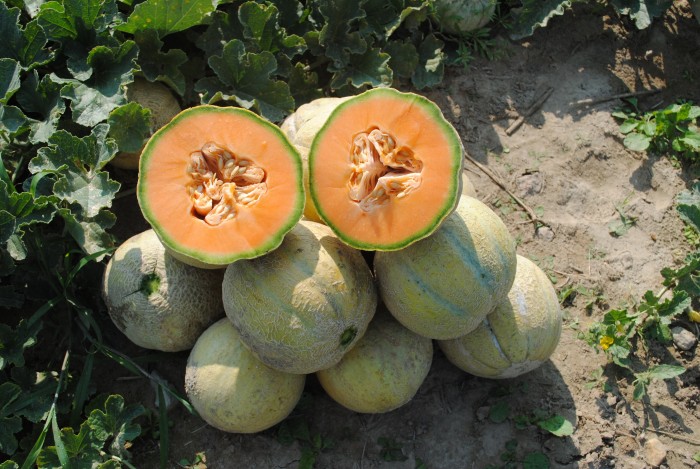 Trifecta muskmelon. Photo by Common Wealth Seed Growers
Trifecta muskmelon. Photo by Common Wealth Seed Growers
The variety was named by Frost, who identified the variety as a standout among several experimental melon lines from Cornell and was most excited about the variety’s ability to consistently rank high in three targeted breeding goals: yield, quality, and DMR.
“It’s among the best downy-mildew resistance we’ve seen,” says Mazourek. “We made it a priority to distribute the variety through organic seed companies operating in the Southeast because there is an urgency in the region for varieties that reliably demonstrate resistance.”
Frost first noticed the seedstock that became ‘Trifecta’ for its eating quality in 2012 trials on his farm. In 2014, Frost received a grant from the Sustainable Agriculture Research and Education (SARE) program, administered by the USDA, to test melon, cucumber, and squash varieties in late-planted conditions when downy mildew is most intense. ‘Trifecta’ stood out again for its excellent eating quality and yield–even under levels of downy mildew pressure that defoliated most commercial melon varieties. The variety also exhibited good bacterial wilt resistance in the trial and has done so in several trials Frost has conducted since.
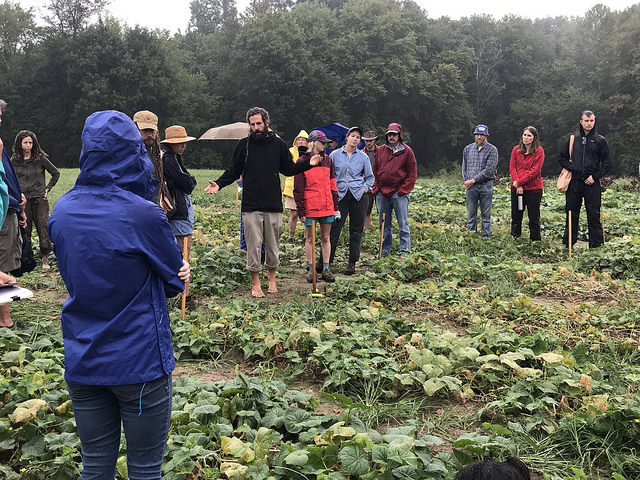
Frost gives a tour of his organic cucurbit plant breeding projects focused on downy mildew resistance
Frost recently received a grant from the Organic Farming Research Foundation to continue work on bacterial wilt and downy mildew resistance in cucumber and muskmelon seedstocks, including new slicing and pickling cucumber varieties he is developing to resist both diseases.
‘Trifecta’ is currently available for sale through Common Wealth Seed Growers and Southern Exposure Seed Exchange.
Organic research investments yield big impacts
As mentioned, ESOcuc was funded through the USDA’s competitive grant program focused on organic agriculture, the Organic Research and Extension Initiative (OREI). Organic plant breeding relies heavily on the OREI program, which is reauthorized as part of the farm bill approximately every five years. Fortunately, in December 2018, Congress not only reauthorized OREI as part of the new farm bill, they more than doubled the amount of funding available for this critical program. Over the course of the next farm bill, OREI funding will increase from $20 million in 2019 to $50 million by 2023. The importance of these research dollars to the growth and success of organic agriculture cannot be overstated.
“So little public breeding underway is focused on the needs of organic farmers,” says Frost. “There’s so much room for improvement in terms of the varieties we’re using that, with a small investment, and with time and energy, we’ll be able to make a big impact on agriculture by coming up with varieties that are better suited to our regions, disease pressures, and organic practices.”
Frost also believes in the power of participatory breeding, adding efficiency and value to these partnerships.
“Michael Mazourek has been an important mentor to me,” says Frost. “Farmers provide a helpful perspective to plant breeders and the efforts and ideas of university researchers, in turn, helps us as growers.”
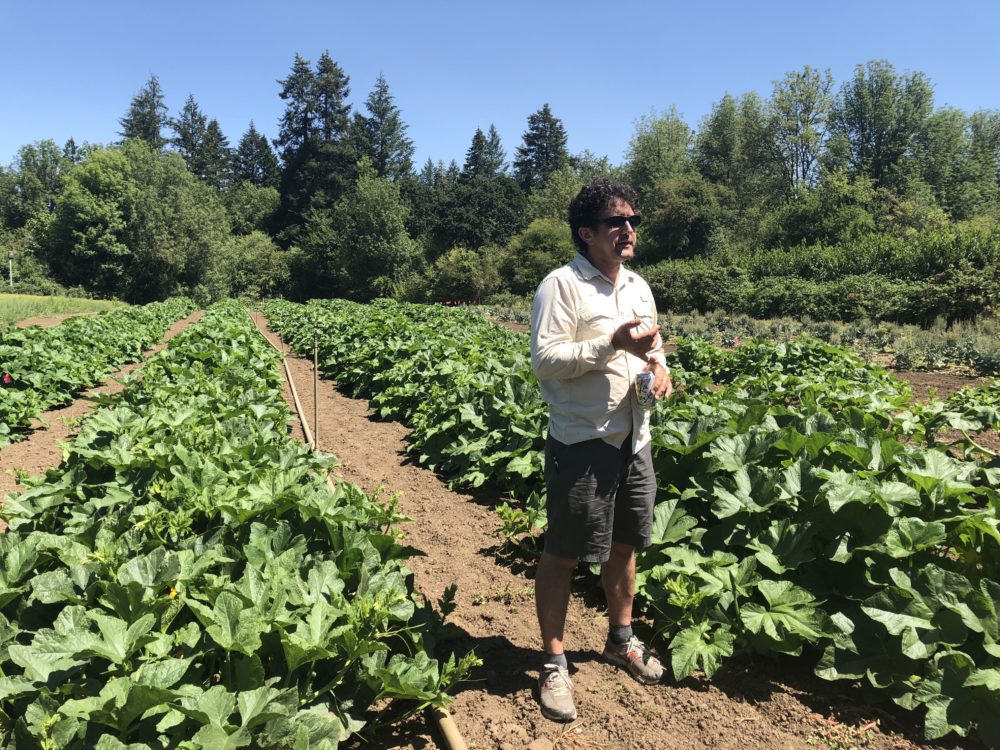
Dr. Michael Mazourek describes his organic plant breeding work in a field of squash trials as part of the 2018 Student Organic Seed Symposium
Mazourek echoes this sentiment, pointing to the results these collaborations yield in the form of superior varieties.
“All of our successes with DMR are owed to farmer input,” says Mazourek. “We took moderately resistant material that we had at Cornell, moderately resistant material identified by organic farmers, and people are seeing the literal cross-pollination of these partnerships in DMR varieties now available to growers.”
About the Author
Kristina (Kiki) Hubbard is the director of advocacy and communications for Organic Seed Alliance. The Organic Seed Alliance envisions organic seed systems that are democratic and just, support human and environmental health, and deliver genetically diverse and regionally adapted seed to farmers everywhere.
All images courtesy of Organic Seed Alliance unless otherwise noted.



